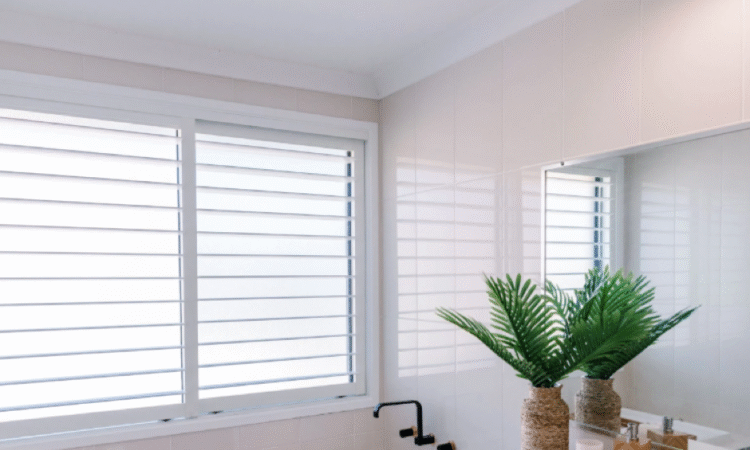
Windows are strange things. Always there, but hardly noticed—until you dress them. The room changes when they change. Add shutters, and suddenly it feels grounded, more deliberate. That’s the secret power of DIY window shutters: they aren’t just coverings; they’re statements.
Why Shutters Are Different From Curtains or Blinds
Curtains sway. Blinds roll. Shutters? They stand firm. Almost architectural. They don’t just hang there; they interact with the window itself.
Picture a summer afternoon. Slats tilted just right—the light softens, glowing but not harsh. Curtains don’t do that. They either open wide or block the whole thing. Blinds? Functional, sure, but flat in personality. Shutters give control, subtle shifts in atmosphere.
Here’s another point often missed: age. Fabric fades, blinds snap or bend, but shutters? They evolve. Wood deepens, hinges wear into character, and ten years later they look intentional, lived-in.
Measuring Isn’t Just About Numbers
Everyone says measure width, measure height, double-check. Fine. But windows lie. Especially old ones. Frames bow, lean, sag. If you assume they’re perfect rectangles, you’ll regret it. So—measure diagonals. If they don’t match, the frame is crooked, and you’ll need to allow for it. That detail saves endless frustration later.
Also, think space. Shutters don’t float—they swing. A tall panel in the living room could bump against a radiator. A kitchen shutter might clip a cupboard door. Planning where they’ll move is as important as cutting wood to size.
Choosing Materials With Care
Not all wood is equal. Pine is cheap, light, easy to work with—but dents easily. Good if you like repainting, bad if you want durability. Hardwoods—oak, mahogany—feel luxurious, but they weigh more. Heavier panels mean stronger hinges, sturdier frames. Vinyl? Great in damp places like bathrooms, though the cheaper ones warp under harsh sunlight. Composite gives you a balance—durable yet finished like timber.
So don’t just ask, “wood or vinyl?” Ask—what about my climate? My house? My habits? A coastal home deals with humidity that an inland apartment never sees. Pick wrong, and shutters turn into constant upkeep rather than pride.
Installation: More Art Than Assembly
People think it’s a weekend job. Drill, screw, done. It isn’t. It’s closer to carpentry. Like hanging doors—hinges must align, panels must sit square, even when the frame isn’t. Millimetre shifts make the difference between smooth swing and irritating rub.
The finishing matters too. Sanding edges so they close without catching. Countersinking screws, covering with filler, painting again—details that separate a polished piece from a project that looks “good enough.” Shutters deserve patience. Rush and they’ll look rushed forever.
And when you do it right, there’s satisfaction in the way they click shut. The kind of satisfaction you don’t get from hanging curtains.
Shutters Carry More Than Function
Shutters aren’t new inventions. Mediterranean houses, painted in blue and white, used them for shade against brutal sunlight. Georgian townhouses lined their windows with tall wooden shutters for symmetry and privacy. They’ve always been both practical and beautiful.
Bring them into your own space, and you’re continuing that story. Café-style shutters let you hide the street from view while keeping daylight spilling in from above. Tier-on-tier designs offer upper and lower control—open the top for air, keep the bottom closed for privacy. It’s not just “style options.” It’s lifestyle choices.
They also insulate, though people rarely mention it. A closed shutter adds another layer against heat or cold. Over months and years, that comfort is tangible. It’s quiet efficiency, hidden behind design.
Conclusion:
What makes DIY window shutters compelling is simple. They’re personal. Not just installed, but made, measured, chosen by hand. Each panel says you cared enough to go beyond the quick fix.
Unlike blinds that break or curtains that wilt, shutters endure. They live with the house. They change slowly, like furniture that becomes richer with time. That’s their charm—you build them once, but they keep giving back, quietly shaping the feel of your rooms.
So, don’t treat them as weekend filler. Treat them as craft. An addition that outlasts trends and maybe even you. Because shutters, when made with care, don’t just cover glass. They hold stories, and they stay.




